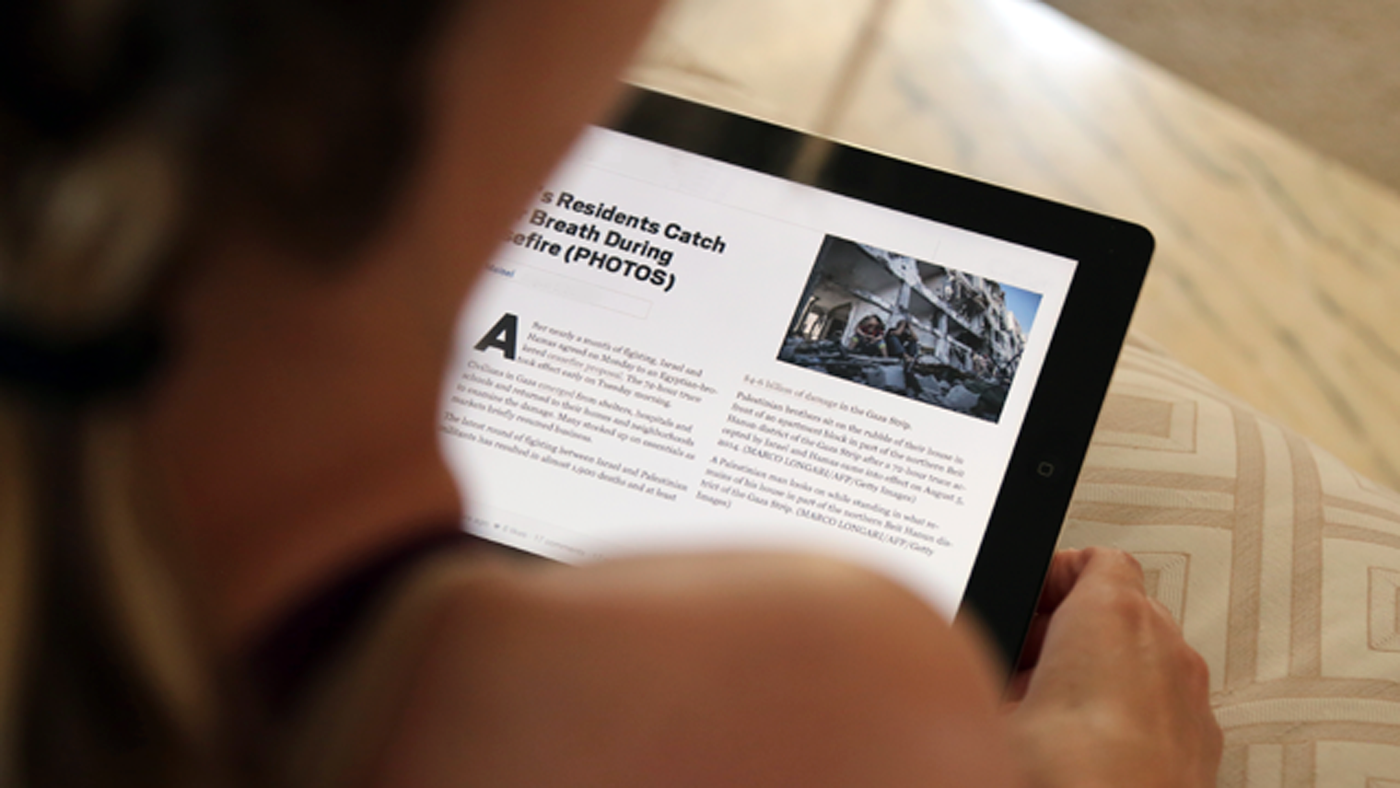The Ultimate Guide To Popular News
The Ultimate Guide To Popular News
Blog Article
Popular News - The Facts
Table of ContentsThe Single Strategy To Use For Popular NewsPopular News Can Be Fun For EveryoneThe Buzz on Popular NewsSome Known Incorrect Statements About Popular News
Age is also a consider the way people check out the role of social media sites. More youthful social media news consumers are more likely to state it has actually influenced their learning right. Regarding fifty percent of social media news consumers ages 18 to 29 (48%) claim information on social networks makes them far better educated, contrasted with 37% of those 30 to 49, 28% of those 50 to 64, and 27% of those 65 and older.
Distance is necessary. Journalists want points that impact their neighborhoods. Research study on a state's brand-new tax code likely will not create the very same rate of interest throughout state boundaries. Periodically specialists can aid center a bigger nationwide tale that impacts more than just a city or state. In these cases, it is crucial to be looking for chances where subject specialists can give understanding or where similar projects might be happening in your area.
If you are releasing relevant study, loophole in MarComm before the article being released to make sure that the pitch can stress the most recent component of the tale: the magazine of the research study - Popular News. Occasions and news that include prominent figures are much more most likely to create media protection. Sees from national figures typically need months of prep work because of expected area passion
Popular News - Questions
We can assist mitigate possible reputational danger with these tales while also boosting the probabilities of creating protection. While many of the above information worths are interwoven, human rate of interest tales typically stand apart.
Human interest components can add information value to other stories that might seem doing not have in the various other worths. The uniqueness or curiosity of a situation can assist influence whether an information outlet is likely to cover a story. While this is not an exhaustive listing, examining to see if your information product or event has these high qualities before contacting us will help you determine which aspects hold the most information worth.

There is likewise considerable proof that even more customers could start to spend for news in the futureif authors can comprehend them and serve them well. Fifty percent of those who do not pay for news actively seek out information and resemble subscribers in numerous methods. And nearly 2 in 10 of those that do not subscribe to news now suggest they are inclined to begin to pay in the future.
Getting The Popular News To Work
We after that ask a collection of concerns to identify whether people spend for specific sorts of information sources. We asked people to click to read more name the resources they use most oftenwhether they pay for them or nothow they use them, the certain points they think about important about them, and some associated inquiries concerning the cost and worth of that source.

Greater than 4 in 10 likewise point out the reality that close friends and household register for the exact same product. Greater than a 3rd of individuals say they originally subscribed in reaction to a discount rate or promo. In print, people also are moved heavily to sign up for get discount coupons that conserve them money, something that has untapped ramifications in electronic.
The Ultimate Guide To Popular News
About fifty percent are "information candidates," indicating they proactively choose news as opposed to largely running across it in an extra easy means, though the information that nonpayers are seeking (for now, a minimum of) is often regarding nationwide politics. Like customers, several of these individuals likewise get information multiple times a day, use the news in means comparable to clients, and want similar subjects, including foreign or worldwide information.
We asked everybody who told us they have a normal complimentary source of information how most likely they would certainly be to pay for it. Greater than a quarter (26 percent) state they would be at least somewhat likely to start spending for itand 10 Get the facts percent are really or very likely. These likely payers often tend to be news candidates, and they likewise often tend to be individuals that already pay for an information registration in addition to the resource they follow free of charge.
Of those that do pay, 54 percent register for papers in print or digitally, which represents 29 percent of Americans on the whole. Many of them get a print magazine together with their newspaper and spend for 2 to four information sources in overall, some a lot more. And while 53 percent are long-time clients (5+ years), more than a quarter (27 percent) have actually purchased their paper registration within the past year.
Few print clients look at more info believe it likely they will switch to a digital-only registration in the future, and majority of those who like digital have actually never paid for a print version of the very same resource (Popular News). Totally 75 percent of paper payers claim they mostly read the paper in print, while 21 percent are primarily electronic customers, and 4 percent explain themselves as equally split
Report this page